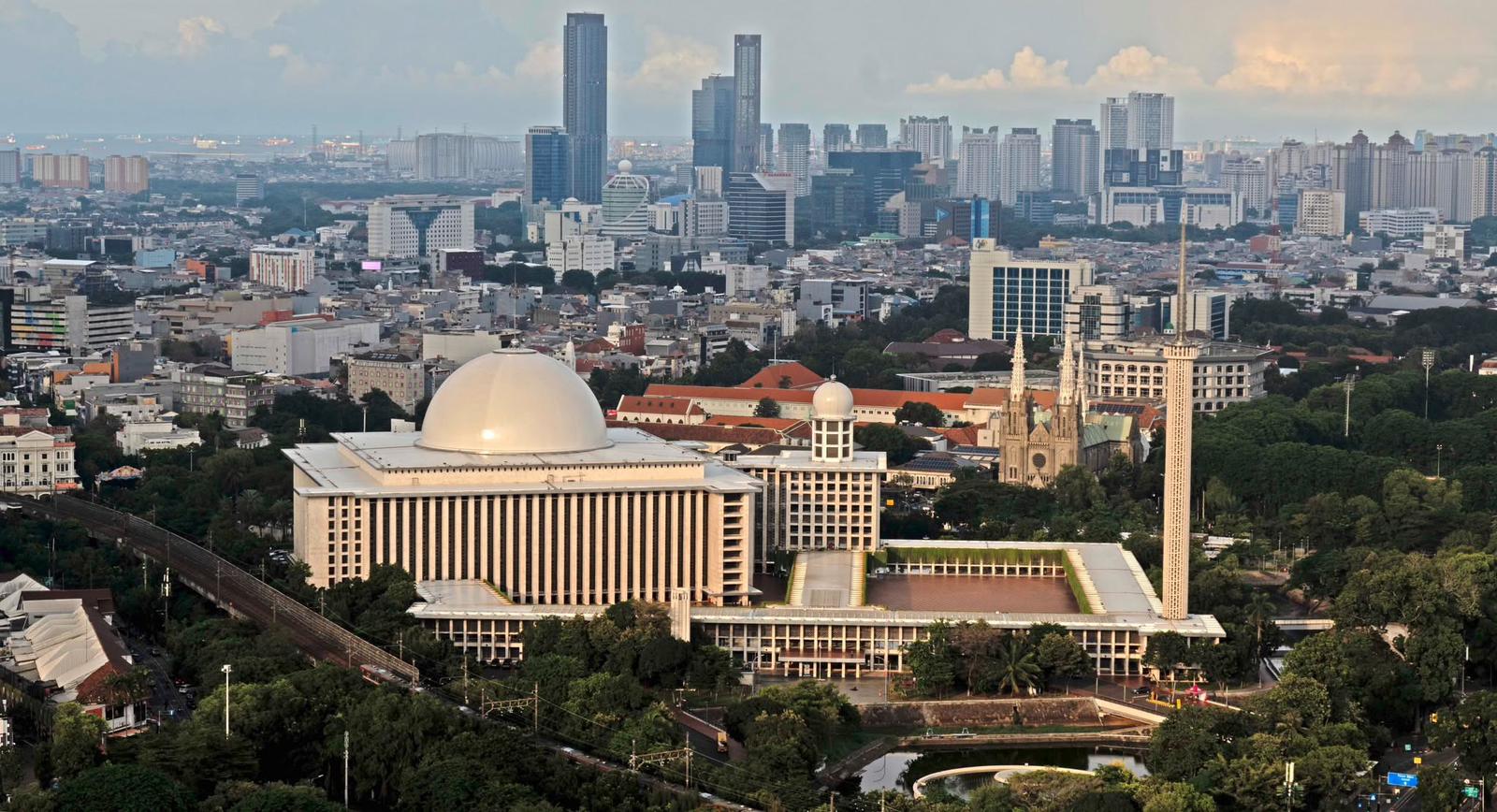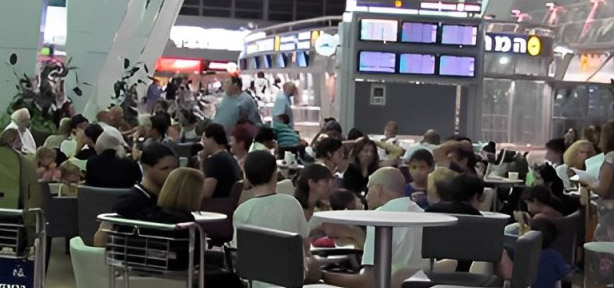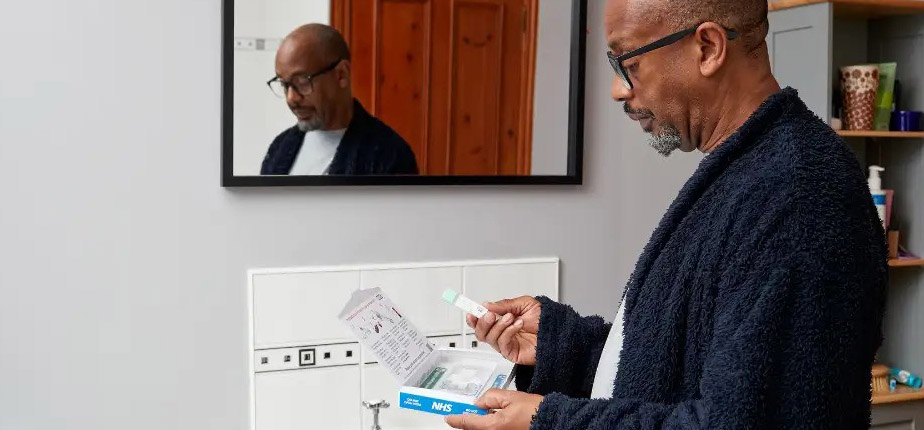
Muhammad Ahmedullah, Central Jakarta, Indonesia
A remarkable tunnel, dubbed the Tunnel of Friendship, has recently been constructed beneath a busy road, connecting Jakarta Cathedral—also known as the Church of Our Lady of the Assumption—with Istiqlal Mosque.
On both sides of the road, within the grounds of these two religious landmarks, identical glass structures serve as entrances to the tunnel. Resembling the length of two shopfronts, these transparent structures offer a unique perspective: from one side, the towering spires of the cathedral can be seen through the glass, while glimpses of its lower sections are visible beyond. On the opposite side, the mosque’s intricate details can be viewed, offering a similarly striking visual.
The road above the Tunnel of Friendship is not very wide but extremely busy. There is a pedestrian crossing area, however, in Indonesia, the cars do not stop automatically in intervals at the crossing. The traffic lights only turn green for pedestrians when a button is pressed, and the time allotted for crossing is insufficient. So, people have to hurry when crossing the road.
The tunnel, spanning 93 feet, has been built to enable the sharing of resources between the mosque and the cathedral, especially with respect to sharing parking facilities during religious events. This also avoids crossing the road by worshippers when there are larger-than-usual crowds—the tunnel, measuring 9.8 by 13.5 feet, improves safety in crossing and facilitates more free flow of road transport.
Construction began in December 2020 and was completed in September 2021, though the official opening was delayed until December 12, 2024, to allow time for the installation of wall ornaments designed to convey deeper meanings behind the tunnel’s creation.
The tunnel was officially opened by President Prabowo Subianto on December 12, 2024. During the inauguration, President Prabowo described the tunnel as “a symbol of harmony between religious communities” and praised it as a reflection of Indonesia’s spirit of unity and diversity. “Let us together maintain harmony, tolerance, and brotherhood for an advanced, peaceful, and prosperous Indonesia,” he said.
The tunnel’s significance extends beyond its functional purpose; it also carries profound symbolic importance. Indonesia, a nation celebrated for its extraordinary diversity in race, ethnicity, and religion, has consistently worked to build bridges—both literal and metaphorical—to sustain unity across its vast archipelago. This effort is particularly poignant given the challenges the nation faced in the late 1990s when violent communal and racial conflicts threatened its cohesion. For example, in 1999, open warfare erupted between Christians and Muslims in Ambon. Over time, wise policies have helped to quell these tensions, and in some cases, they have fostered long-term, sustainable solutions to the racial and religious strife that once plagued the nation.
The tunnel serves as a powerful space for encounters and dialogue, embodying Indonesia’s commitment to reconciliation. This symbolic role was emphasised by Pope Francis during his visit in September 2024, when he described the tunnel as “an eloquent sign.”
During a visit to the Istiqlal Mosque this month, I joined a guided tour where most participants were Chinese nationals. I learnt some interesting facts about the mosque. The guide informed us that this was the biggest mosque in Southeast Asia, with two domes and five stories high. Five levels symbolise five daily prayers, and of the two domes, the largest and the main dome is 45 meters in diameter, and the smaller one was said to be 8 meters in diameter. The country marks its independence in August 1945, and August is the eighth month.
Unfortunately, the tunnel was not yet open to the public during my visit.
Istiqlal Mosque in the foreground with the Cathedral in the background.
Photos courtesy of Muhammad Ahmedullah.
Additional reporting Nadine Osman


